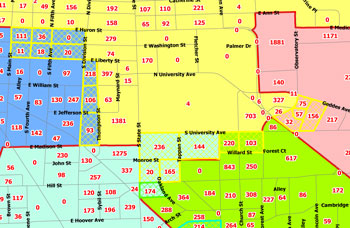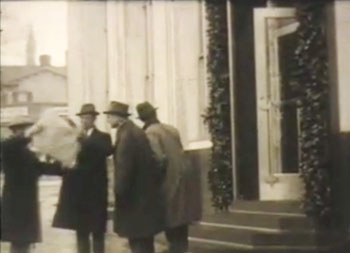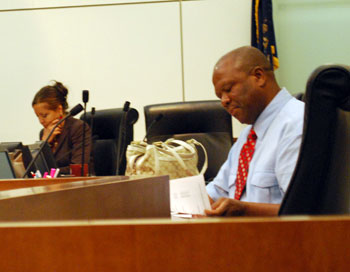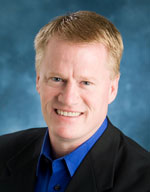At its July 5, 2011 meeting, the Ann Arbor city council received an update from Josie Parker, director of the Ann Arbor District Library. The update included data on the impact of the library’s Fifth Avenue location on the downtown. [.pdf of AADL slide presentation to the Ann Arbor city council]
Highlights of the presentation included the organization’s funding stream, which comes not just from the city of Ann Arbor property taxes. In fiscal year 2010, in addition to the $7,344,364 the AADL received from Ann Arbor property owners, it also received taxes from Pittsfield Township ($1,849,036), Scio Township ($1,252,179), Ann Arbor Township ($804,236), as well as other surrounding municipalities.
In 2010, 1,792,526 visits were made to the library’s five branches – 627,196 of them to the downtown location. In 2010, a total of 62,696 visitors attended library events – 23,612 of them at the downtown location. For those downtown events, 79% of attendees arrived to the event by car, compared with 7% by bus, 2% by bicycle and 12% by walking. Of those who drove a car to the event, half parked either at an adjacent surface lot or at the Fourth and William Street structure, and 31% used street parking.
If one-third of all 627,196 visits to the downtown library location are assumed to be made by people who pay to park downtown, then visitors to the downtown library in 2010 generated at least $200,000 in public parking revenue.
The presentation came in the general context of an effort by the Ann Arbor Downtown Development Authority, at the direction of the Ann Arbor city council, to start leading a public process to evaluate alternative uses for city-owned surface lots in the downtown area. Immediately to the north of the downtown library location is the construction site of an underground parking garage, expected to offer around 640 spaces. Known as the Library Lot, though not owned by the library, the top of the underground parking garage is one of the pieces of land that the public process is meant to address. [Recent Chronicle coverage: "Ann Arbor DDA Continues Planning Prep"]
This brief was filed from the city council’s chambers on the second floor of city hall, located at 301 E. Huron. A more detailed report will follow: [link] [Full Story]










